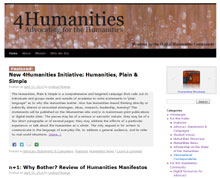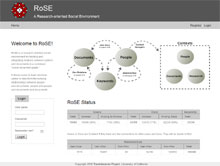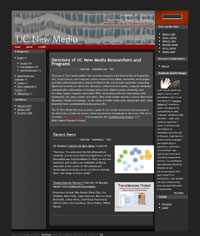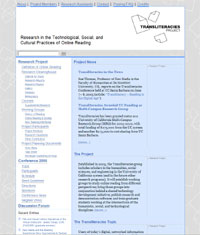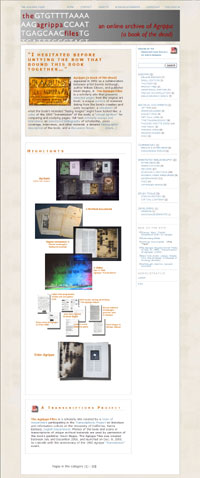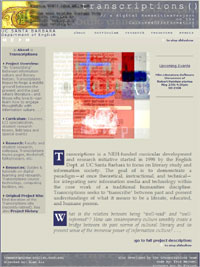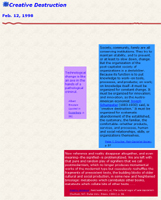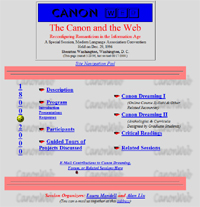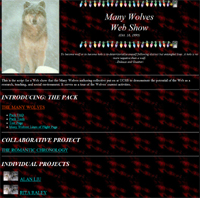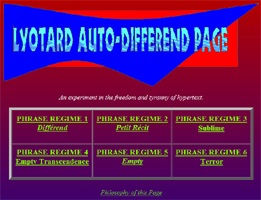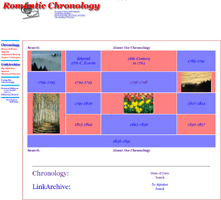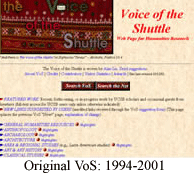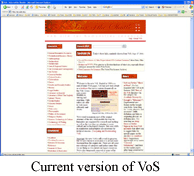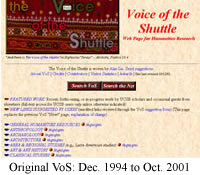| 2011 |
4Humanities – Advocating for the HumanitiesCategories Funded Collaborative Projects Funded Collaborative Projects
|
URL: https://4humanities.org/
Role: Co-founder and coordinator (with Geoffrey Rockwell and Melissa Terras).
4Humanities is a site created by the international community of digital humanities scholars and educators to assist in advocacy for the humanities. As a platform, 4Humanities stages the efforts of humanities advocates to reach out to the public. It solicits well-reasoned or creative demonstrations, examples, testimonials, arguments, opinion pieces, open letters, press releases, print posters, video “advertisements,” write-in campaigns, social-media campaigns, short films, and other innovative forms of humanities advocacy, along with accessibly-written scholarly works grounding the whole in research or reflection about the state of the humanities. As a resource, 4Humanities provides humanities advocates with a stockpile of digital tools, collaboration methods, royalty-free designs and images, best practices, new-media expertise, and customizable newsfeeds of issues and events relevant to the state of the humanities in any local or national context. (Also see 4Humanities local chapters, including the 4Humanities@UCSB local chapter, co-directors Claudio Fogu and Alan Liu.)
